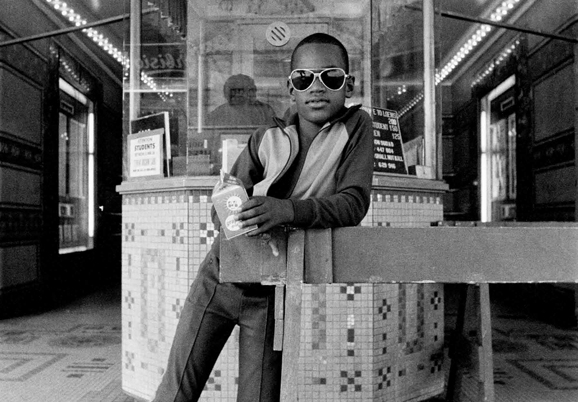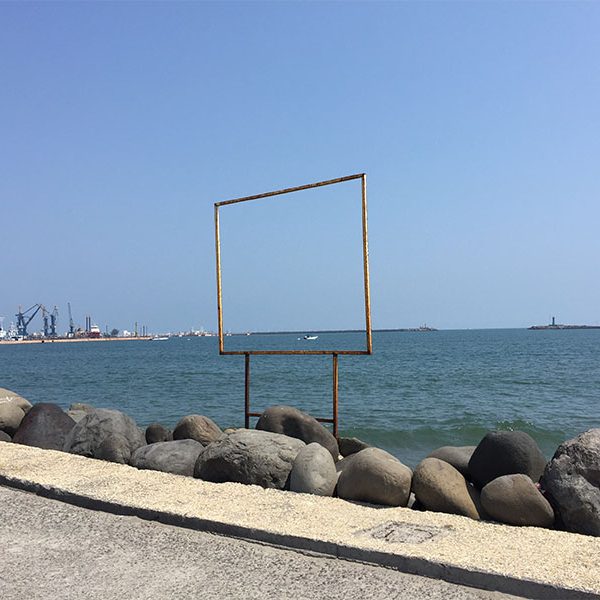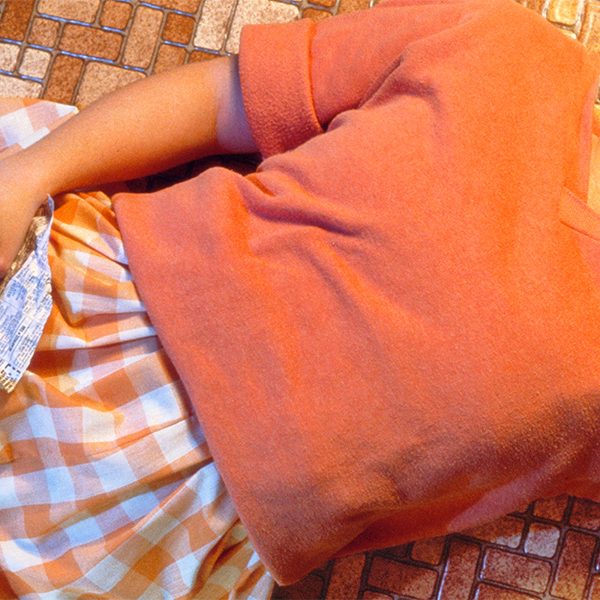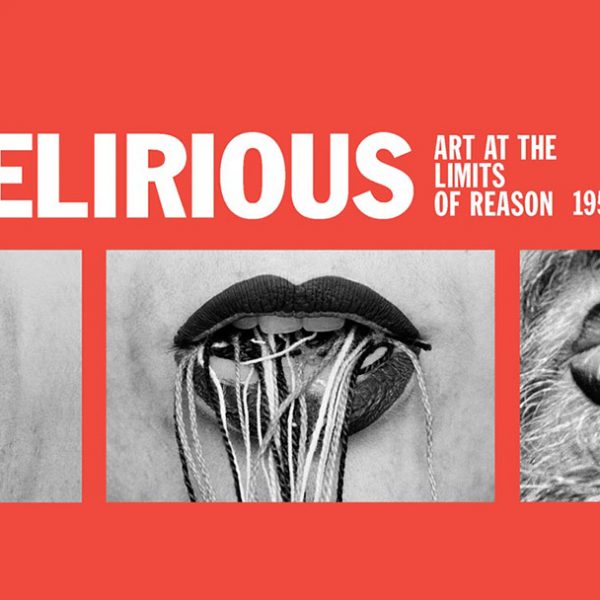Capturing Harlem: The Street Photography of Dawoud Bey
The photographer Dawoud Bey, born in 1953, is probably best known for his large-scale color photographs of marginalized groups in contemporary America, and his community-focused and collaborative approach to his art. A new exhibition and accompanying catalogue from the Art Institute of Chicago, Dawoud Bey: Harlem, U.S.A., gets to the root of Bey’s unique body of work by publishing for the first time the photographs that launched his career.
 In 1979 Bey held his first solo exhibition at the Studio Museum in Harlem, exhibiting twenty-five photographs in a collection entitled Harlem, U.S.A. Bey had been in residence at Studio Museum for one year, and he had made the surrounding neighborhood a subject of study since 1975. Though raised in Queens, Bey and his family had roots in Harlem, and it was a youthful visit to the exhibition Harlem on My Mind at the Metropolitan Museum of Art in 1969 gave Bey his determination to become an artist.
In 1979 Bey held his first solo exhibition at the Studio Museum in Harlem, exhibiting twenty-five photographs in a collection entitled Harlem, U.S.A. Bey had been in residence at Studio Museum for one year, and he had made the surrounding neighborhood a subject of study since 1975. Though raised in Queens, Bey and his family had roots in Harlem, and it was a youthful visit to the exhibition Harlem on My Mind at the Metropolitan Museum of Art in 1969 gave Bey his determination to become an artist.
The photographs in Harlem, U.S.A., which haven’t been shown collectively since the Studio Museum exhibition, will surprise those familiar with Bey’s later work. The prints are not large, not in color, and do not come in multiple parts; the subjects are not all adolescents, and they do not “sit” for the artist but were found by him on the street. However, the photographs are sensitively composed and radiate the calm and dignity that have become hallmarks of Bey’s approach.
Like the highly influential German portrait and documentary photographer August Sander, Bey wanted to showcase the various “types” of Harlem residents: the barber, the patrician, the church lady, the hip youth. He was searching for a way to combine the specificity of photography, which only knows how to record details, with the diversity of Harlem, a neighborhood as varied as any in the country. Most importantly, he wanted to do this without courting stereotypes.
Complementing this exhibition, which runs until September 9, 2012, is a beautiful catalogue by Sharifa Rhodes-Pitts and Matthew S. Witkovsky, as well as a selection of permanent collection works in Gallery 10 curated by Bey, and a career survey of Bey’s work presented at the Renaissance Society at the University of Chicago.
[slideshow]


























